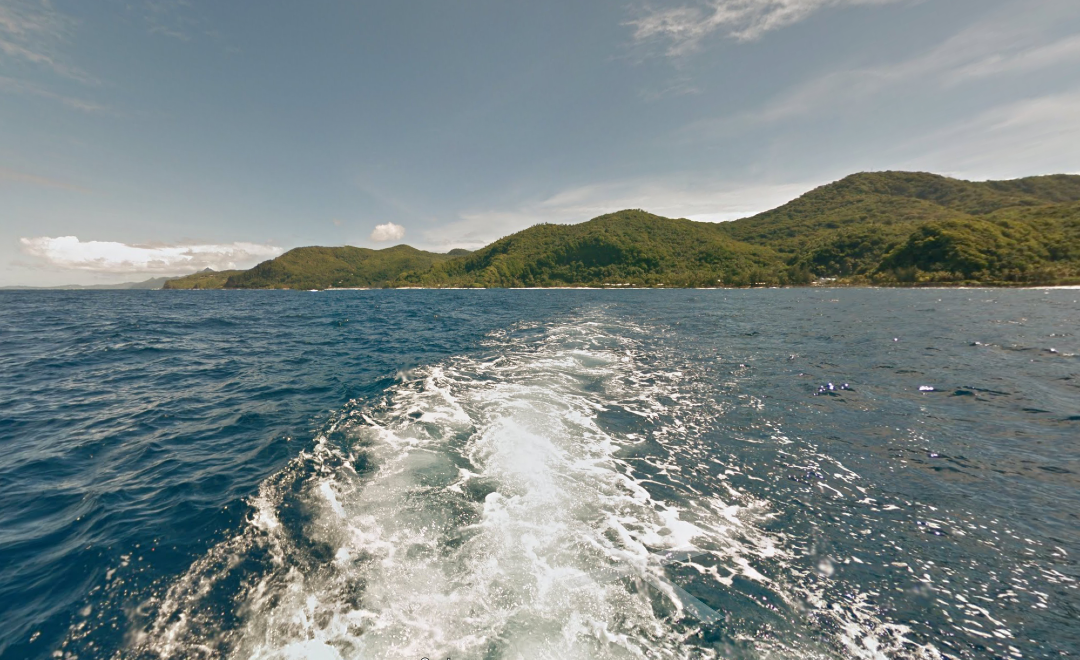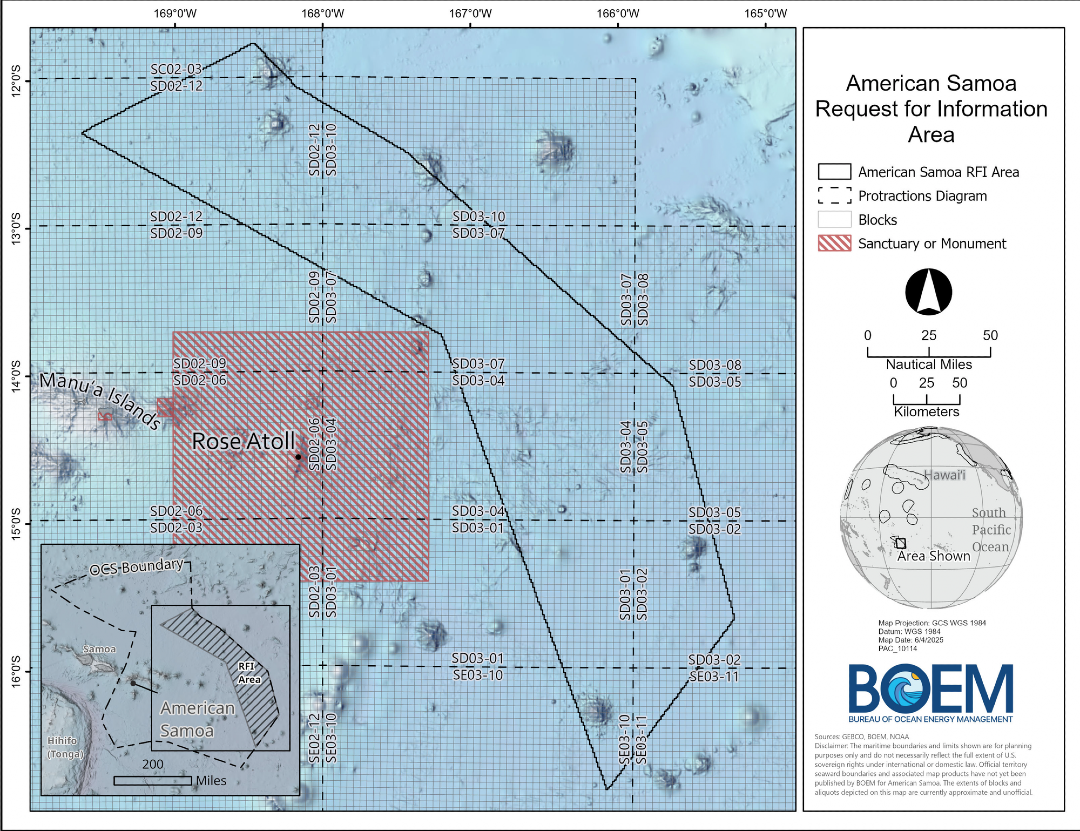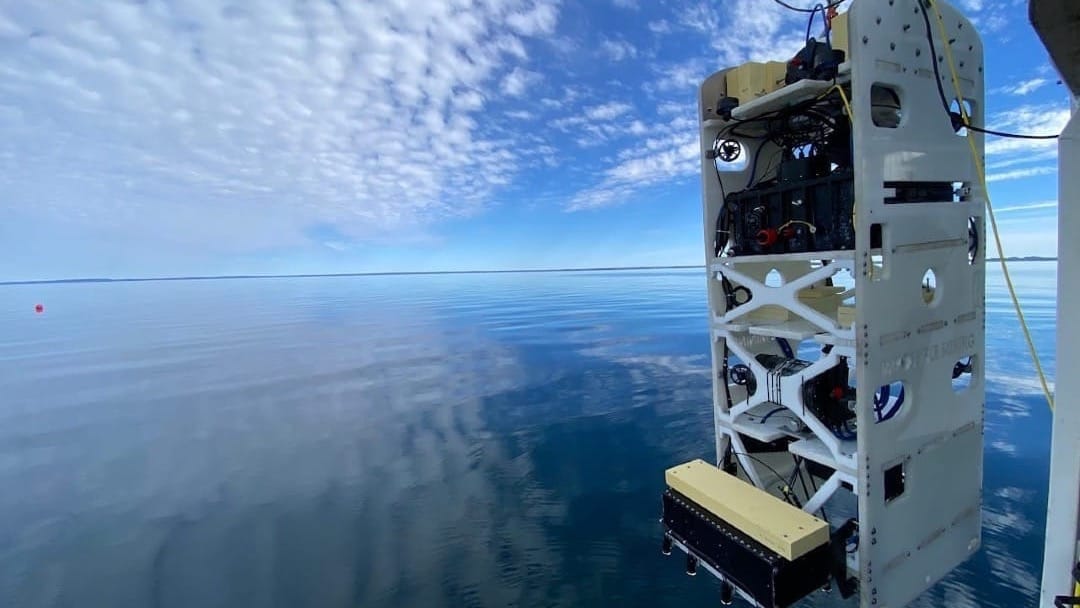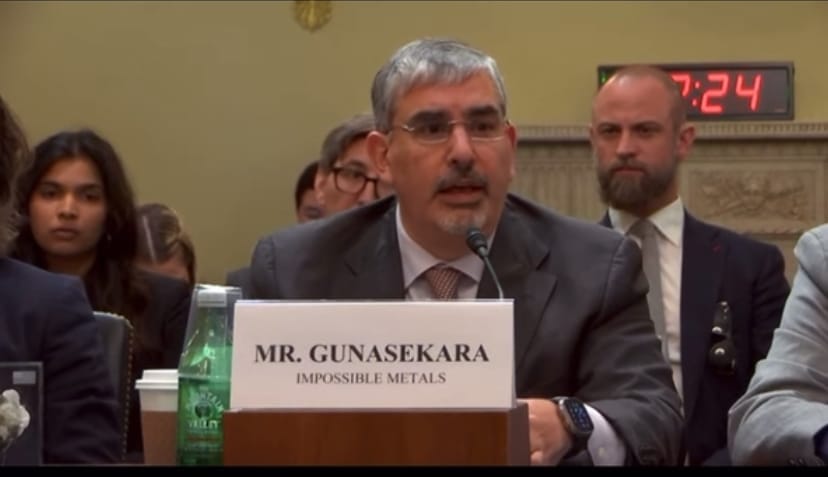30-day comment process for deep sea mining lease in US waters begins on Monday
As the US moves with pace towards deep sea mining in its Outer Continental Shelf, stakeholders get the chance to have their say

Starting Monday, the public and other stakeholders will have 30 days to give their views on the request to open deep sea mining in the US Outer Continental Shelf, or express interest in competing for the lease.
California based start-up, Impossible Metals, had requested in April that a commercial lease sale be initiated for the seabed minerals off the coast of American Samoa.
American Samoa is part of US waters and its seabed contains rich deposits of nickel, cobalt, copper, manganese and rare earths - all considered critical minerals.
The US Department of Interior (DOI), which will manage the leasing process through its Bureau of Energy Management (BOEM), has announced a formal Request for Information and Interest, known as an RFI.
The RFI will be published in the Federal Register on Monday, as the first in a long multi-step process.
What to expect
Under the leasing procedure rules, BOEM will ask for expressions of interest from any other party wishing to compete for the lease.
It will also invite comments from the public on any aspect of the leasing process.
"BOEM requests information and comments from Indigenous communities, territory, state, and local governments, Federal agencies, environmental and other public interest organizations, the deep-sea mineral mining industry, other interested organizations and entities, and the public, for use in the consideration of whether to offer OCS minerals for lease offshore American Samoa.
BOEM is seeking a wide array of information, including but not limited to information on the potential impact of OCS mineral exploration and development on OCS resources and the marine, coastal, and human environments."
The agency says it will use the feedback to help assess industry interest, geologic conditions, as well as potential environmental and cultural impacts.
BOEM will also look at how this will affect other ocean users of the identified area, including fisheries and navigation.
How to comment
To participate in the RFI, comments must be submitted anytime from Monday until 16 July, either electronically or in writing.
- To submit electronically, go to Regulations.gov, search for docket No. BOEM-2025-0035, and follow instructions.
BOEM prefers electronic submissions, which will be publicly visible on the website, but those with proprietary information are encouraged to write instead.
- To submit by written mail, comments should be in an envelope labeled “American Samoa RFI” and addressed to Bureau of Ocean Energy Management, Pacific Region, Office of Strategic Resources, 760 Paseo Camarillo, Ste. 102, Camarillo, CA 93010.
Not guaranteed to hold a sale
In its 17 page official notice, BOEM emphasised that this was just the first in a long, multi-step process which Deep Blue League recently outlined in its story on Why Impossible Metals won't be deep sea mining anytime soon.
The agency says there is no guarantee that it will necessarily proceed with the lease sale:
"This does not mean that DOI or BOEM have reached a preliminary decision to lease in this area. BOEM will consider information and comments received that may identify any potential environmental impacts, multiple use conflicts, and ways to eliminate, mitigate, and monitor for impacts to assist in future analysis and leasing decisions.
BOEM will also determine if any responses identify specific areas of interest in and around the RFI Area that could support commercial mineral development, potential conflicts among offshore activities and American Samoa’s coastal zone management plan and requirements to ensure safe and environmentally responsible activities should a lease sale occur."
Samoan area of interest
BOEM will not publish Impossible Metals' specific area of interest as this is considered proprietary, but a general map of the area adjacent to American Samoa has been outlined.

American Samoa is US waters, having been made US territory through a series of treaties in the early 1900s.
Its head of government is a governor who will be active in the leasing decision process as the 'adjacent state' to the seabed area of interest.
Impossible Metals vs American Samoa
Last year when Impossible Metals first tried to get the leasing process going, it was ended almost immediately by BOEM who said more consultation with the Samoans was needed.
The then governor of American Samoa, Lemanu Peleti Mauga, responded with a moratorium against deep sea mining, which is still in place but expected to be lifted by newly elected republican leader, Pula T. I. Nikolao Pula, who is thought to be more sympathetic to Trump's decision to issue licenses.
Impossible Metals CEO, Oliver Gunasekara, told a US congressional hearing in April that he had already begun 'extensive' discussions with the Pula administration who saw the "economic and jobs opportunities that deep sea mining would unlock".
Meanwhile BOEM says it will "continue engagement and coordination with the Government of American Samoa regarding the potential for OCS mineral leasing, highlighting the importance of intergovernmental collaboration".
Public opinion
However public opinion in American Samoa towards deep sea mining does not appear favourable and it is thought that the four rounds of public consultation involved in the lease evaluation process may prove a major hurdle as Deep Blue League wrote about in our story After a false start, Impossible Metals gets back into the starting blocks for its marathon push towards deep sea mining.
Long leasing process
The process to issue a lease for seabed minerals is expected to be long and extensive with 5 more extensive steps to go after the one month comment process.

Republicans have called the process burdensome whilst Gunasekara called for clear time frames to be published for each step.
Environmental feedback
It is thought that environmentalists will have a lot to say about the plan to deep sea mine for minerals in the OCS for the first time in US history.
Part of the lease evaluation process includes a step to assess the environmental impact as well as developing a monitoring framework should deep sea mining go ahead.
BOEM points to numerous environmental studies that it has funded "to collect information about the marine environment to support future decisions concerning potential OCS minerals leasing and development".
It also works with numerous agencies outlined here and says it will follow all environmental laws.
What's next
If BOEM decides to issue the lease, it will be for a period of 20 years although Impossible Metals told a congressional hearing that it thinks this should be 30, to match proposed International Seabed Authority exploitation contract terms.
The company will have to participate in a competitive process to win the lease, after which it will still need BOEM's approval to do actual mining in the leased area.
Read:


For editorial comments or questions: [email protected]


